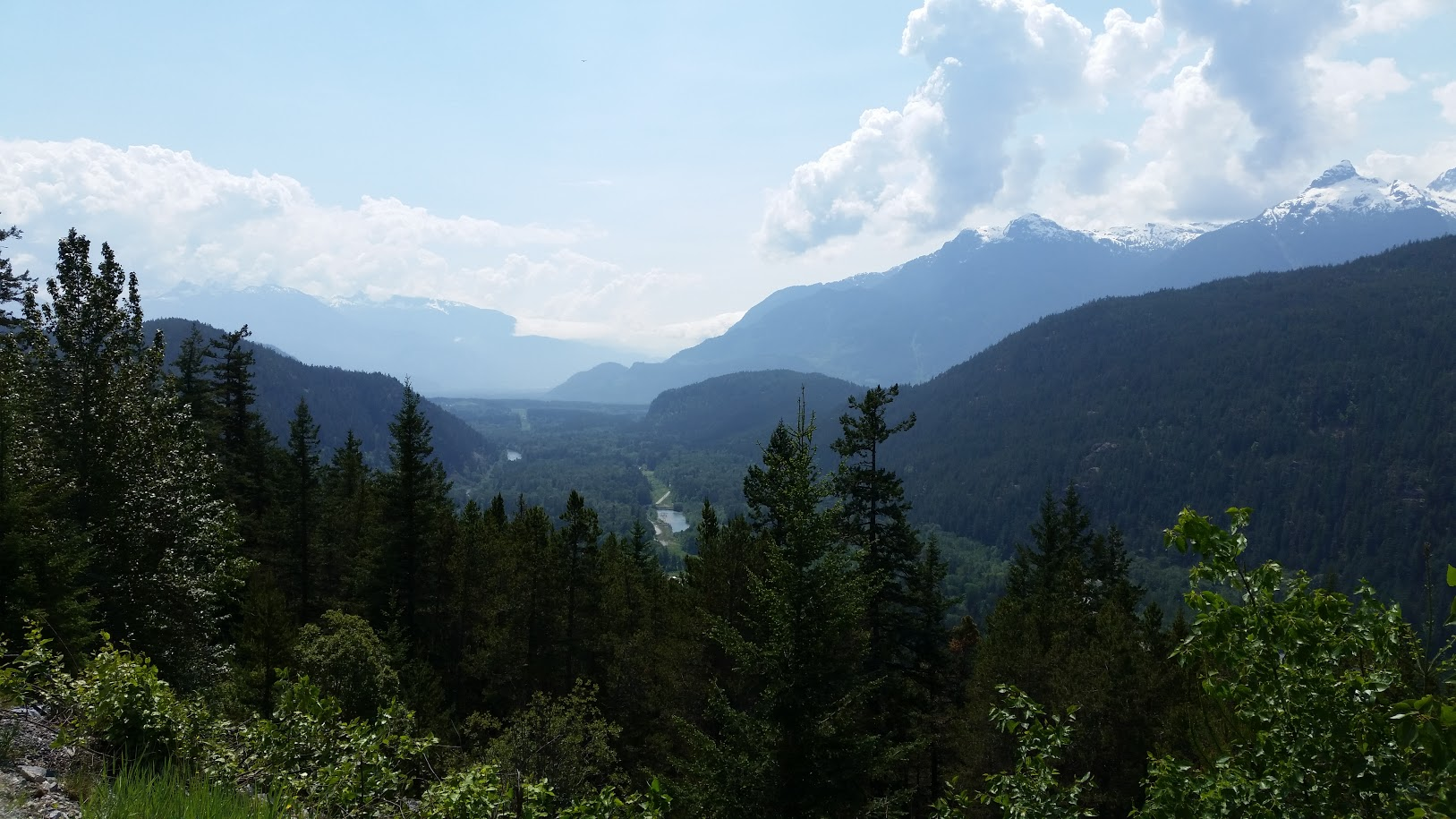U.S. Forest Service Proposes Changes to NEPA Regulations to Roll Back Environmental Review Requirements
- The following is the opinion and analysis of the writer.
- Use of this article or any portions thereof requires written permission of the author.
zeke forest.png

In June of 2019, the U.S. Forest Service (USFS) proposed new regulations that would limit environmental review for certain new permit applications. The Forest Service is attempting to streamline its environmental review process in an attempt to reduce a backlog of over 5,000 permit applicants awaiting NEPA review. The agency asserts that an increasing cost for wildfire suppression has pulled money and personnel from other management projects such as environmental review. Indeed, the USFS receives around 3,000 permit applications each year that require environmental analysis and the backlog of applications is only growing.
The National Environmental Policy Act, or NEPA, governs the procedures that federal agencies must follow when taking actions that may affect the environment. In general, if a federal action would have significant effects on the environment, the responsible agency is required to produce an Environmental Impact Statement (EIS) before undertaking the action. Certain categories of actions are excluded from environmental review—the agency determines that these actions categorically have no significant environmental effects and brands such projects “categorical exclusions” (CEs). Unless there are some sort of extraordinary circumstances, the agency is not responsible for producing an EIS on any categorically excluded projects. The Forest Service hopes to accelerate the environmental analysis process by adding new categorical exclusions to environmental review, raising the threshold for extraordinary circumstances that trigger environmental review, and using already-completed NEPA analyses to satisfy the environmental review requirement for new projects.
The 2019 proposed NEPA regulations would add dozens of categorical exclusions to the Forest Service’s NEPA policy. The proposed CEs for special-use projects focus on recreational use and other special uses such as utility corridors and telecommunications facilities. The regulations would add categorical exclusions for renewals of permits and new authorizations for activities occurring on existing roads or trails, but most notably the regulations exclude all special uses that require less than 20 acres of USFS land. The exclusion previously only applied to minor special uses that require less than five acres of land. The agency removed the word minor from the regulations because the word was not a term of art and caused confusion for agency personnel. The proposed rule would quadruple the acreage limitation and expand the scope of the inclusion to more projects.
Additionally, the proposed regulations create broad new CEs for restoration projects. Current CEs for restoration are carefully enumerated for specific types of projects such as post-fire rehabilitation, harvest of live trees not to exceed 70 acres, and salvage of dead and dying trees not to exceed 250 acres. In contrast, the proposed restoration CE would broaden the scope of restoration activities that are exempt from NEPA analysis—the rule would create a broad CE that applies to restoration activities under 7,300 acres. This broadens the CE by both expanding the CE to more general “restoration activities” rather than specific projects, and raising the acreage limitation by 2900% from 250 acres to 7,300 acres. Importantly, the proposed CE also opens the door for more timber harvesting projects without environmental review. The CE allows for restoration projects to include “commercial harvest and/or non-commercial thinning,” and merely specifies that timber harvest activities are carried out in combination with at least one additional restoration activity and that harvested acres cannot exceed 4,200 acres of the total 7,300 acre area. “Restoration activity” is a broad term that includes projects such as stream restoration, road decommissioning, hazardous fuels reduction, and reforestation. Essentially every timber harvest project would serve the dual purpose of hazardous fuels reduction—the requirement to pair a timber harvest project with another restoration activity will almost always be satisfied. So long as the agency is conducting some sort of other restoration activity, the proposed rule would permit the USFS to carry out a 4,200-acre timber harvest project with no environmental review.
In the case of extraordinary circumstances, even projects that fall under a categorical exclusion may be subject to environmental review after consideration of relevant factors. The proposed rule would raise the threshold for determining whether extraordinary circumstances exist; the rule would require a “substantial adverse effect” on environmental factors rather than a determination of extraordinary circumstances based on the degree of potential effect. Under the proposed rule, an official could weigh the value of long-term beneficial effects over short-term adverse effects. This language is not present in the current regulation and would allow the responsible official to add another factor weighing toward a finding of no extraordinary circumstances.
Finally, the proposed regulations would reduce permit processing timelines by allowing the Forest Service to use completed NEPA analyses to satisfy the review requirement for projects that are substantially similar in scope and impact. The Bureau of Land Management already uses such a procedure for NEPA analysis. The agency hopes that the rule would reduce redundant analyses of similar projects and reduce processing times.
Ultimately, the Forest Service claims that the proposed regulations would speed up environmental review for critical projects without sacrificing environmental protection, but the regulations also raise thresholds that trigger environmental analysis and create many more exclusions to full environmental review. The proposal is overbroad given its stated intentions—it creates many more categorical exclusions to NEPA review that will open the door for large timber-harvest projects. The comment period for the proposed rules ended on August, 26, 2019, and the USFS is currently reviewing and analyzing the comments it received. The Forest Service expects to publish the final rule in the summer of 2020.

